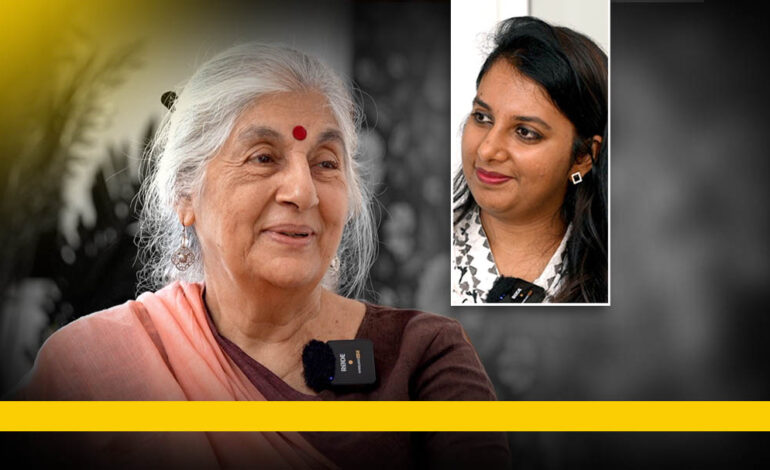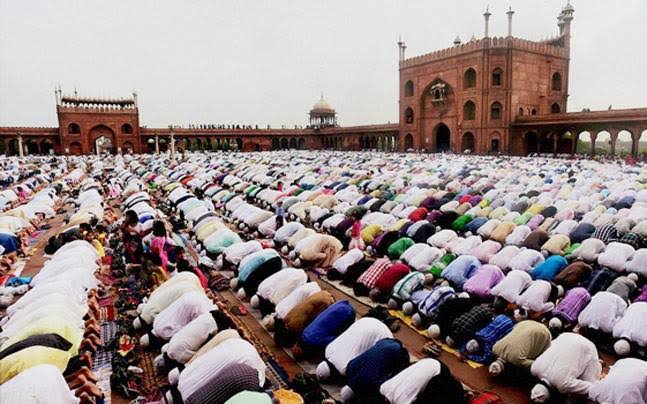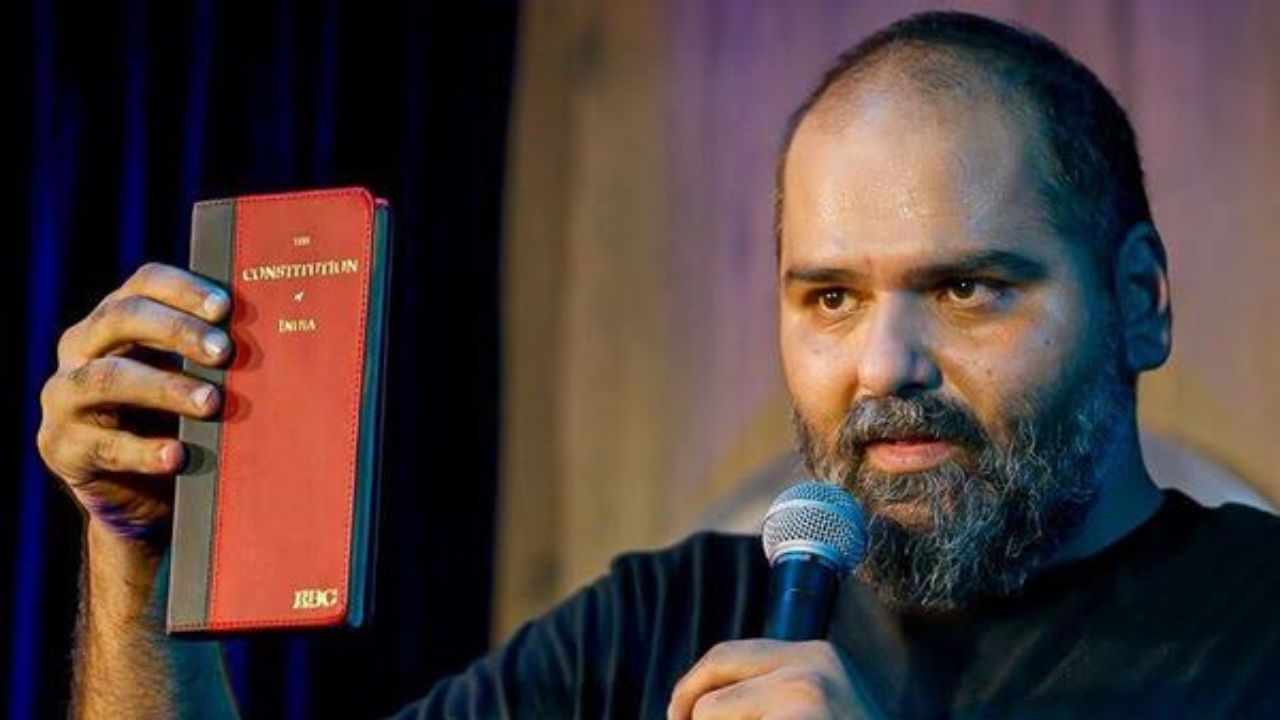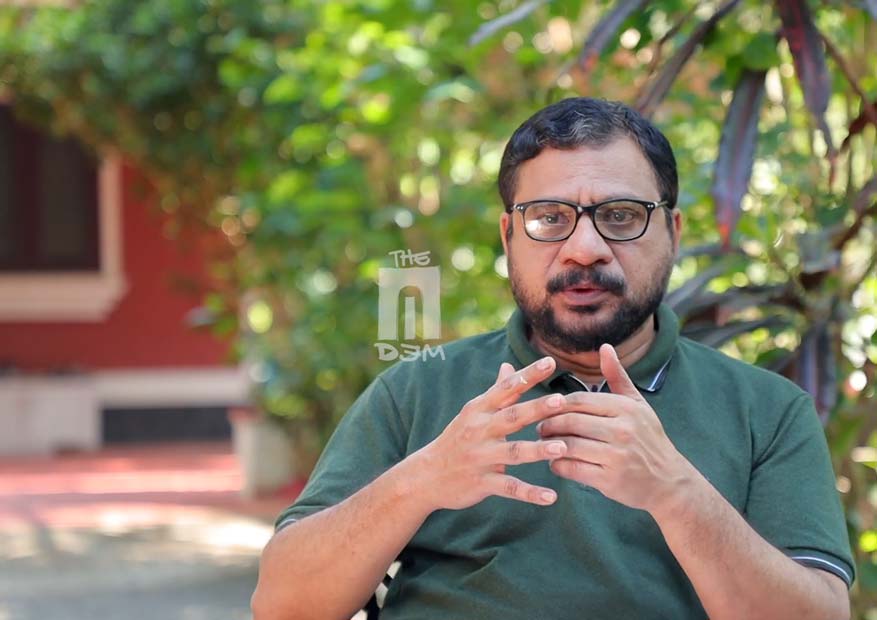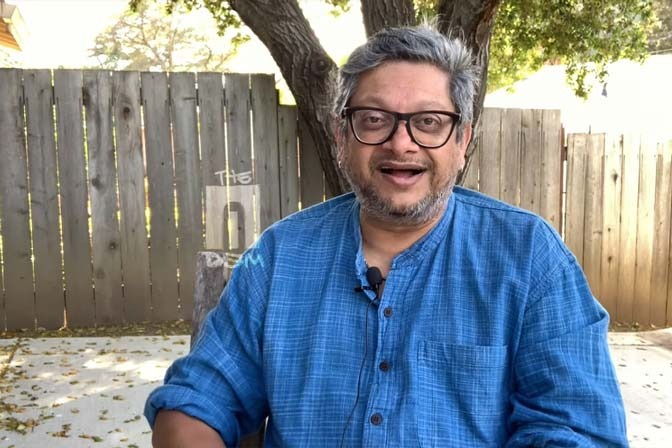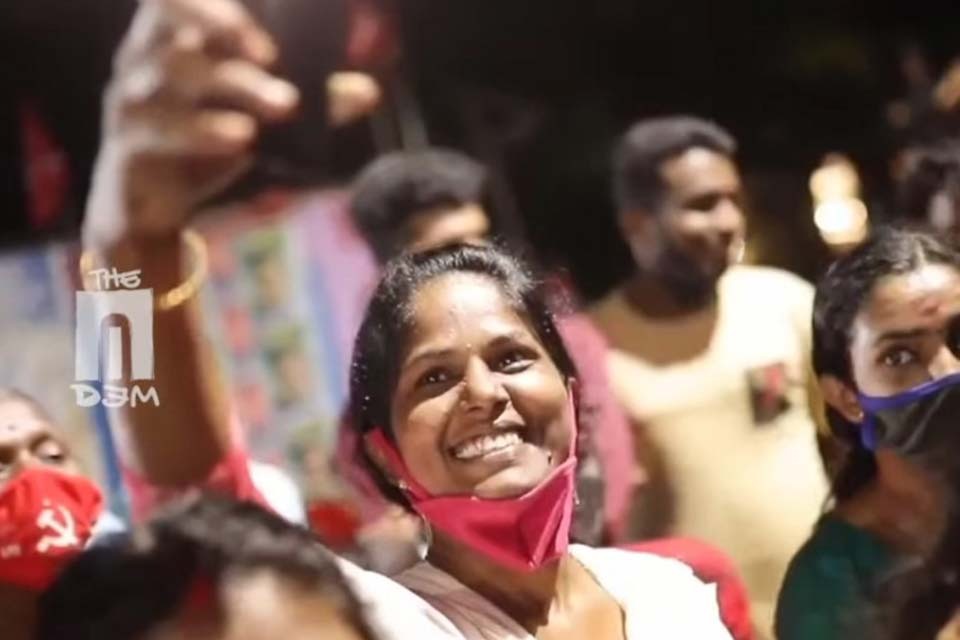Remembrance is the Weapon of Resistance to Rediscover and Rescue India
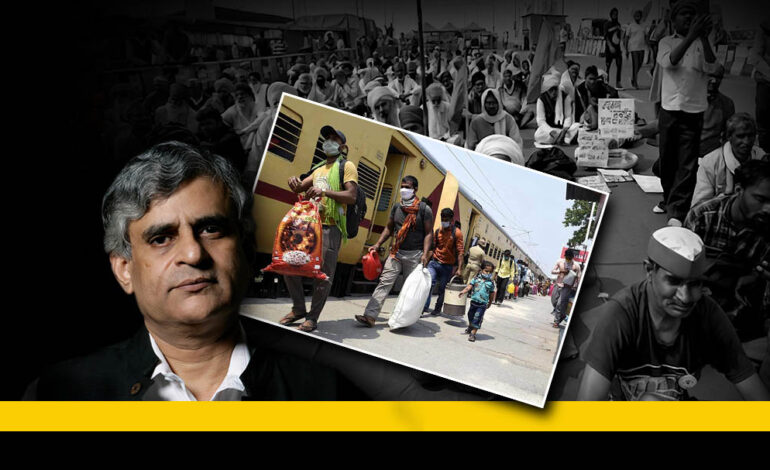
This is the third and final part of the edited transcript of renowned writer and journalist P. Sainath’s inaugural speech at the Panchajanyam film festival at Chittoor, Palakkad, Kerala. The event took place on February 4, 2024.
I think a book will soon come from my former colleague Josy Joseph. When Travancore declared its independence and secession in 1948, who was the first to congratulate them on trying to break away from the Indian Republic? Let Josy’s book come, and I suggest you read it.
Now, let’s come to the erasure of the present. Where does India stand today? You know, the Mahagathbandhan has split in Bihar. And, it is never the fault of the BJP. The media is completely corporatized and sold out. If you expect the corporate media to tell you the truth, you are wasting your time. You are participating in the erasure process. Of course, you can read your newspaper, but I suggest that you read them with analytical understanding and discretion.
Let us go back to the days when COVID-19 was raging. To this day, no one is sure about the number of Indians who died during the pandemic. Still, we claim to have handled it better than anyone else in the world. It is like stating that Ram was born here but we can’t say when. We claim that we were the best in the world, the Vishwa Guru, in handling the pandemic.
Let me give you the global estimates by institutions of advanced research and monitoring on Covid-19 deaths. According to the World Health Organisation, 4.7 million Indians died of Covid-19. The Lancet medical journal said 4.2 million Indians died. Johns Hopkins gave three different estimates, all of which in millions. The World Development Council, Washington DC, said 4.9 million Indians died of Covid-19. In fact, the Director of the International Institute of Population Studies was thrown out of his job for conducting studies that questioned the ‘great achievements of India’ in life expectancy. Besides, the National Family Health Survey showed that all the figures that we are using are questionable.
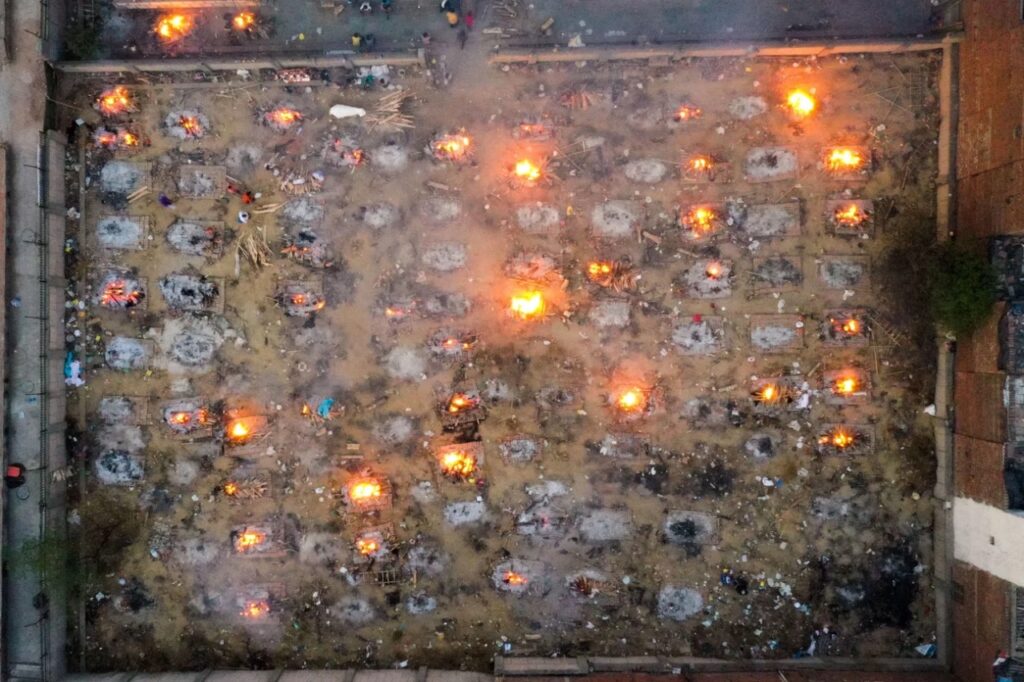
All these organisations gave different estimates, but they all concurred that India lost the most number of lives to Covid-19. But the Vishwa Guru said the number of deaths stood at 4,86,000. No newspaper, no television channel investigated it. Later, the government revised the figure to 5,21,000. There is something so frightening here. Erasure of the past is being extended to erasure of the present. We are a nation living in a dangerously delusional state. This is self-delusion on a mass scale.
A friend asked me how the present situation compared with the Emergency. I was the leader of a students’ union during the Emergency, but down south, in Tamil Nadu, we didn’t suffer as much as the North did. But I do not remember any of us being as scared and frightened as we are today. I do not remember my friends up North being so scared. I also do not remember the scale of sell-out of people we once respected as public intellectuals and those we once respected as editors and owners of newspapers.
The scale of the sell-out has very solid economic roots. The Indian press was the child of the freedom struggle. The first Indian-owned journal to make a mark is 202 years old now. It was Raja Ram Mohan Roy’s Miratul Akbar which, incidentally, was not in Bengali but in Persian. In the last 40 years, we have seen the corporatisation of everything in the world, including the media. The country’s richest man and biggest corporate leader Mukesh Ambani is also the biggest owner of the media in the country. He owns the largest bouquet of television channels called Network 18. When you see ETV Malayalam and ETV Marathi, you all think it is Eenadu television owned by Ramoji Rao. For the last 15 years, it has been owned by Mukesh Ambani. Only five Telugu channels remain with Eenadu in Andhra Pradesh and Telangana, and nowhere else. Now, Mr. Adani has decided to get into the media by purchasing NDTV and Quint and various other things.

The scale of brainwashing that is happening now is something that you never came across before. Many people remained silent during the emergency. But the amount of crawling that happens each time Mr. Narendra Modi speaks is startling. Whatever he says is being considered as some giant revelation or Commandment. For me, the difference between the Emergency and today, politically, is that the Emergency saw the consolidation of the State as authoritarian, while today we see the emergence of the State as a sociopath. It is astonishing that it is not enough to defeat your adversary. You have to humiliate and heap cruelty on them and take great pleasure in doing so. How many people were sent to jail for no reason other than they criticized Mr. Modi or Mr. Adani. I think it’s a very frightening situation.
Back to Covid-19, there was one instance involving Kerala. On March 31, 2020, the Attorney General of India gave an affidavit in the Supreme Court, that is, a week after the lockdown was declared. In that, he said that “as of today, I can state that there is not a single migrant left on the highways.” The largest movement of human beings in recorded history happened at that time. We covered it in the People’s Archive of Rural India. Anyway, the Attorney General on March 31 said there was not a single migrant on the highways. On April 14, the same Attorney General appeared before the same Supreme Court bench and said that ‘governments’ had opened 23,573 relief centres across the country. However, he did not mention that 62% of those relief centres were opened in the single State of Kerala. And, he did not mention the number of relief centres that were set up in Bihar and other States that were dominated by the ruling party.
Millions of people walked hundreds of kilometres to reach home rather than staying in cities. The media beat its chest in anguish and asked as to why they were leaving when there was a better chance of survival in cities with medical help and all. That was, however, a wrong question. The real question that brings me to the erasure of the present was not why they were leaving cities and going back to villages. The question was why did they leave villages and went to cities in the first place.
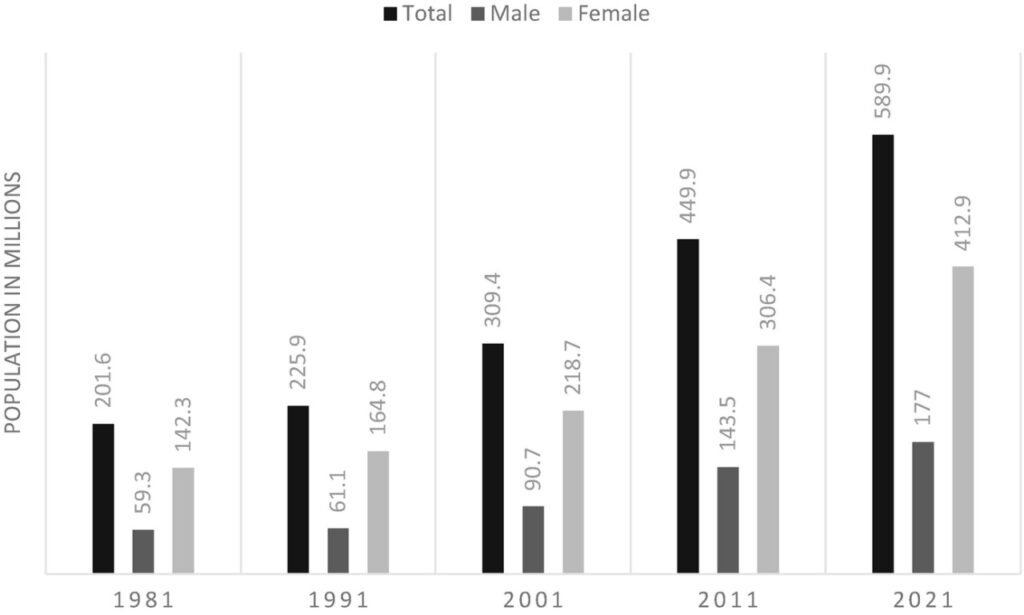
The answer to that was agrarian crisis. The livelihoods of tens of millions of people were destroyed by the increasing corporatisation of agriculture. Skilled farmers worked as cooks or drivers, and that is why we were so unhappy to see them go. In fact, ‘cheap labour’ was going. But the railways gave away the game. They started the special Shramik trains to transport labourers. The trains were launched on May 26. In 25 days, between May 21 and May 25, the railways transported 91 lakh workers on Shramik trains. But remember, in March and April, people went by foot or by any means they could. Not less than 20 million people left their places of work. TheNational Rural Employment Guarantee Scheme nearly collapsed with the additional load. Another Rs. 40,000 crore had to be put into it. But there is no discussion about that. There is no discussion about the agrarian crisis. More than 4,00,000 farmers have taken their lives since1995. Those are official figures, and they are huge underestimates like not a single migrant was on the streets.
And, remembrance is resistance. Did the media tell you about Kisan Andolan, the farmer struggle, at the gates of Delhi? It was the single largest peaceful constitutional democratic protest the world has seen in 25 years. Prior to that, the most famous global struggle for justice was Occupy Wall Street in 2011. A few thousand young idealistic Americans occupied the Zuccotti Park, a privately owned park in New York on Wall Street, and they put out slogans like “we are the 99%, you are the 1%”. It was a great slogan and a great fight. At the end of nine weeks, the New York Mayor decided to throw the protesters out, even though the old owner of the park did not say anything. He did not ask for the agitators to be thrown out, but it took the New York Police Department 10 to 12 hours to throw all of them out of there. In 24 hours, they cleaned it out.
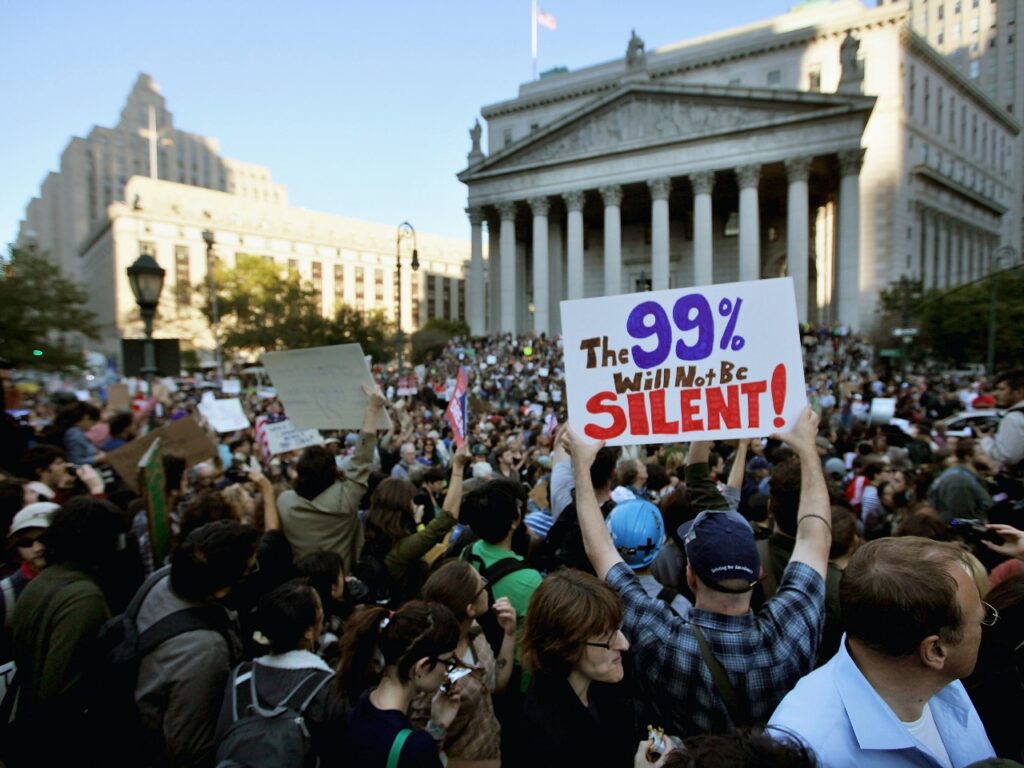
Our farmers lasted 53 weeks at the gate of the capital. They were attacked not just by the police but by the CISF and the CRPF. When I went there, it looked like there was a greater mobilization to fight the farmers than you would find on the Line of Actual Control with China. There were 20 foot by 10 foot trenches on the national highways dug by the government in violation of its own law, destruction of public property, and thousands of feet of barbed wire. It was the worst winter in 40 years. There was a water cannon freezing cold water hitting old men, some in their eighties, who died of hypothermia. The farmers did not budge. It was a democratic protest far greater than Occupy Wall Street. The farmers fought for you and me.
Can you name a channel, magazine, newspaper, or a portal that carried the full text of the three farm laws? The farm laws were not only against farmers but also against every one of us. A specific clause removed the fundamental right 32 of the Indian Constitution, the right to legal remedy, which is one of the three most important rights in a democracy. It made the Supreme Court of India one of the most powerful supreme courts in the world. Clause 17 states categorically that this law is outside the jurisdiction of civil courts. According to the Samyukt Kisan Morcha’s last estimate, 720 farmers died. They fought for you and me. Let us not forget them. And that brings me to an appeal I make to all of you. On February 16, days from now, there is going to be yet another agitation by the farmers. The agitation is because the farm laws are being reintroduced through the back door. By the way, the farmers left (from their Delhi siege lasting for over an year from November 2020 to December 2021) only after the (first lot of) farm laws (passed in parliament in September 2020) were withdrawn. The farmers refused to be thrown out.
In fact, the clauses in those laws were introduced through the back door as in many other laws, including the anti-cow slaughter law. In the anti-cow slaughter law in Karnataka, a clause was included. It says that those acting in good faith under the said law might be deemed to be public servants. So, laws like that gave some people the right to raid Mohammed Akhlaq’s house, lynch him, torture his family, and say there was beef in his fridge. So, that killer was acting in good faith. He can be declared a public servant. This clause was written for the Bajrang Dal and the VHP. It is still there in the Karnataka law. So, it was introduced as an ordinance and then made a law.

On June 25 every year, we gather in remembrance of the Emergency and signify our rejection of the Emergency. But every year, we institutionalise our embrace of the emergency with new laws, new acts, and new curbs on freedoms. The farmers fought against that. They showed us the meaning of the word ‘resistance’. They were the ones who taught us that in 1857 as well. It was not a sepoy mutiny. It was the greatest agrarian uprising the world had ever seen. It was not the people of Lucknow, Kanpur, and Meerut who revolted. It was the soldiers in the cantonment. Then and today, please realise that the Indian Jawan is a ‘kisan’ in uniform. He has to reflect the mood of the village. At that time, the land actions taken by the British dispossessed millions (even the Nawabs were dispossessed in Avadh) of their land. And, that led to the uprising because of the famines and the millions of deaths that followed.
So friends, I am asking you to remember that memory is the weapon. Remembrance is resistance. Rediscovery means rescuing a country which is supposed to be doing so fabulously. But India has fallen to 111 out of 121 nations in the Global Hunger Index. The country has the largest number of hungry people in the world. India has fallen to rank 161 out of 180 countries in the World Press Freedom Index. India has fallen to 132 out of 188 nations in the United Nations Human Development Index. In the Environmental Performance Index, India in 2022 fell to 180 out of 180.
Standing here at the inauguration of a film festival let me reiterate the importance of knowing remembrance is resistance. And here filmmakers and artists have a role to play. The power of poets, artists, and filmmakers is incalculable. It may be intangible. But in five verses, a poet can say more than an academic in five volumes. So too with filmmakers and documentary makers who, in half an hour to one hour, can pack something that can absolutely set a nation thinking and acting. That is the process of rediscovery that I am asking you to make.
To read more transcripts, Click Here. To receive updates on detailed analysis and in-depth interviews from The AIDEM, join our WhatsApp group. Click Here. To subscribe to us on YouTube, Click Here.



